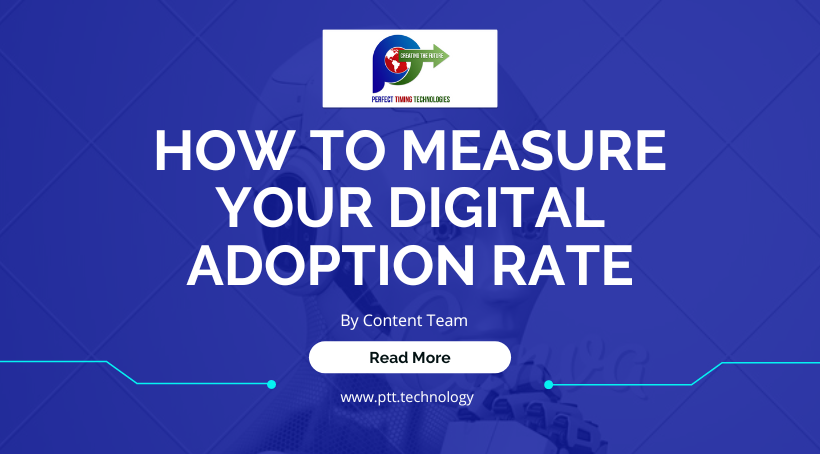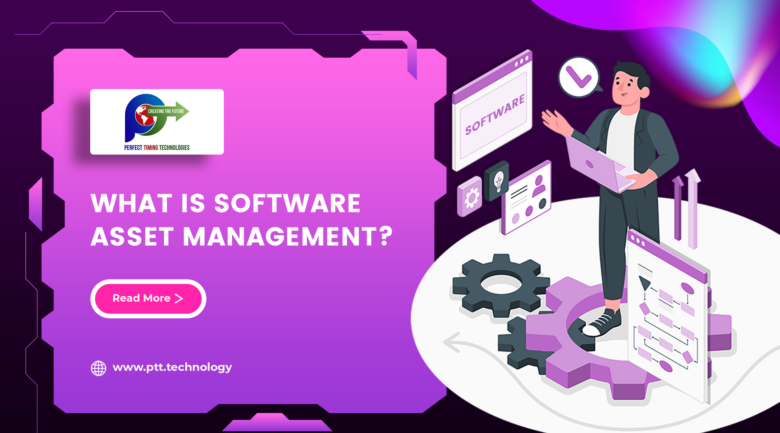
Investing in new software applications and technology is not a simple process. However, organizations expect their employees to accept and adapt to digital change. A successful digital transformation increases employee engagement, productivity, and efficiency.
The newest software and technology give an organization infrastructure and tools to improve performance, growth, and metrics. But, companies do not get the desired ROI through a digital transformation due to a lack of proper adoption. An organization’s culture is critical to formulating a user-centric digital adoption strategy.
If your employees fail to understand the relevance of digital adoption, the organization suffers badly. Productivity will decrease due to workflow changes, employees will become resistant to new processes, and there will be a lack of understanding of how digital technology benefits the organization.
To get better ROI on new software and technology and maximize employee efficiency, you must create a digital adoption strategy that meets the needs of employees.
This article shall provide efficient ways to measure your digital adoption rate.
Effective Ways to Measure Digital Adoption Rate
An organization can strengthen by measuring its digital adoption rate by collecting adoption-based data to set goals, test, and improve the overall adoption of new technology and software.
Given below are six crucial steps to measure your digital adoption rate-
- Investing in Digital Adoption Platform: Investing in a digital adoption platform with analytic capabilities might help an organization better understand its level of adoption. A digital adoption platform is a platform that protects your digital tools enabling you to create in-app guidance and on-demand help content. You can do all this within your applications by using the no-code editor. With the help of DAPs, you can easily create daily workflows, task lists, and self-help content in your applications. DAPs have powerful user behavior analytics and tracking capabilities to gain end-user behavior insights and overall adoption rate.
- Measuring the Current Rate of Adoption: To measure and improve your digital adoption, you must check how the application users are engaged using their core software. The first step is to identify the most critical software your organization has invested in. You can integrate DAP into the applications.
Next, you can collect data on how end-users use and engage with the new software. The DAP’s analytical capabilities provide you with data required for analyzing and understanding the level of adoption to set a benchmark point to form an improvement strategy.
- Analyzing Quantitative End-User Behavior Data and Qualitative User Feedback Data: To understand why the digital adoption rate is low within your organization, you need quantitative end-user behavior data as well as qualitative user feedback data. These data insights will provide the reason behind low adoption from various roles and end-users. The data will also reveal what is useful, what is difficult, and what is needed to support end-users in adopting digital change. Organizations can collect feedback in real time without logging out from the applications. Combining qualitative and quantitative data will help you better analyze and understand the end-user experience and make data-driven improvement strategies.
- Setting Data-driven Digital Adoption Goals: Once you have understood the current adoption rate and analyzed end-user behavior data, and feedback it’s time to set data-driven digital adoption goals. You must keep track of various KPIs that affect the digital adoption rate such as the number of active users daily, weekly, monthly, usage frequency, onboarding completion rate, failed tasks, drop-off points, and goal completion rate. These KPIs must sync with your digital adoption goals including digital adoption rate, active users of an application, reduction in IT support, etc.
- Building and Testing New In-app Guidance: When the goals are set after analyzing end-user behavior, you can create new in-app guidance and help content to make end-users realize the value of new software products. By doing so, you can allow non-technical users to create in-app alerts, task lists, tooltips, feature walkthroughs, etc that can be tailored to your digital adoption goals and needs.
- Analyzing the Impact of Adoption and Test again: The digital adoption journey is never-ending. When new technology is implemented changes are made to existing processes, some employees need assistance to use them. You collect data, analyze it, set goals, launch tests, and adopt changes to improve digital adoption. Then you start the whole process again to examine the changes in your digital adoption strategy.
Final Thoughts
Measuring and analyzing your digital adoption strategy will help to improve your digital adoption journey. You can bridge the gap between users and applications, consequently driving organizational success.







